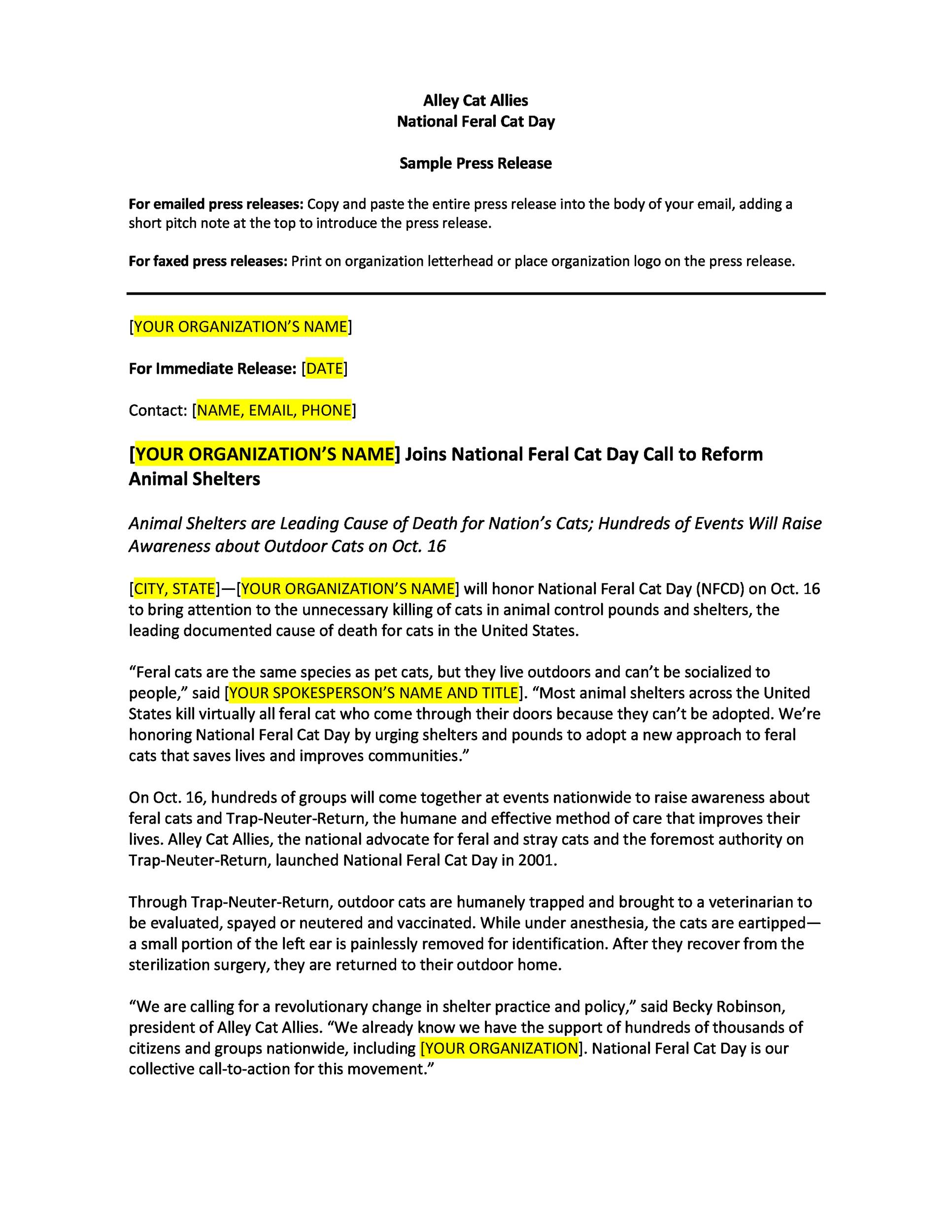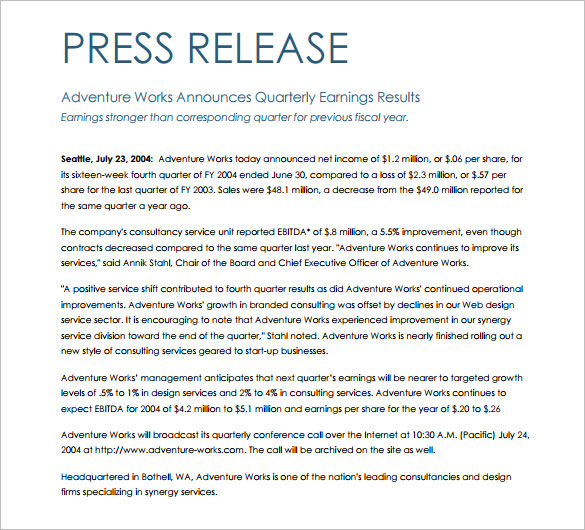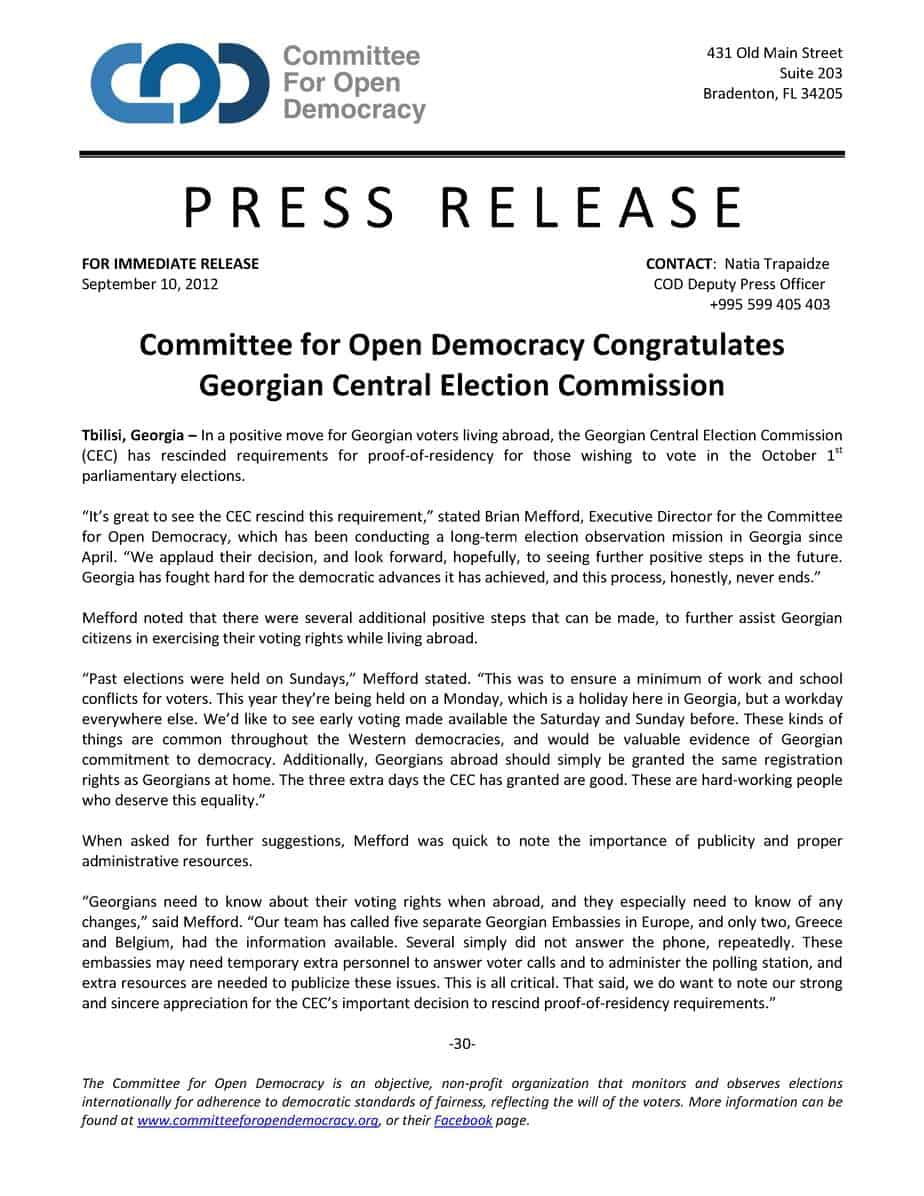


Non-traditional news sources: These can include Facebook groups, bloggers, business networking organizations, social media influencers, and other digital groups.You can search on these platforms to find journalists who cover stories in your industry or write for audiences similar to yours. Journalists: Many journalists have their own websites, publish to sites like Medium, or monetize their articles on platforms like Substack.You can search for a list of relevant trade publications on Google and then research their submission guidelines and writers. Trade publications: Many industries have digital and print trade publication magazines that regularly cover industry-related news.Many list the names of the editorial staff, including email addresses, or offer web forms for online submissions.

Traditional news outlets: A traditional news agency is a newspaper, magazine, television channel, radio station, and associated websites.Here are some sources to use when building a media contact list: Many organizations have a specific email address for news releases as well. If that doesn’t work, try LinkedIn or call the agency to get the contact information of the reporter you should send your release to. To find the names of media contacts, visit the agency’s website to find out who to contact for a press release submission. Contact information (email address or URL of web form for submitting a story).An easy way to compile this list is to create a spreadsheet with the following columns: Look for journalists who regularly cover stories like yours, publications that write for your niche or industry, and whose audiences align with your target audience. Build a Media Contact ListĬompile a contact list of media and press professionals who might be interested in your announcement. It’s preformatted with all the sections needed for standard press release formatting, including a header, headlines, body, and boilerplate. To help you save time and effort, read our article detailing how to write a press release, where you can also download our free press release template. Then write your announcement using the AP style press release format, which is the one used by media professionals. It should be compelling to your intended target audience and the audiences of the journalists you hope to gain coverage from. To write your press release, start by identifying a newsworthy angle for your story. Here’s how to send a press release in four steps-plus tips on how to get more coverage and wider distribution. Effectively building a media contact list, writing your pitch, planning your submissions, sending your release out, and tracking key metrics make the difference between success and wasted effort. Press release success is about more than simply writing a press release.


 0 kommentar(er)
0 kommentar(er)
